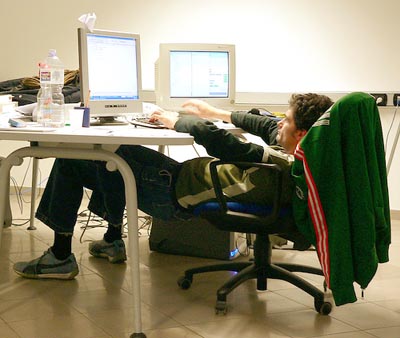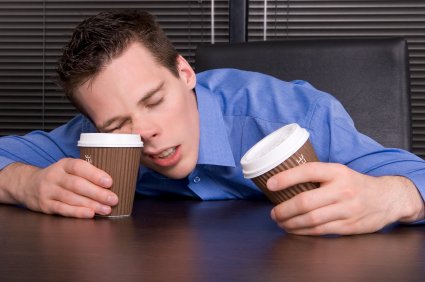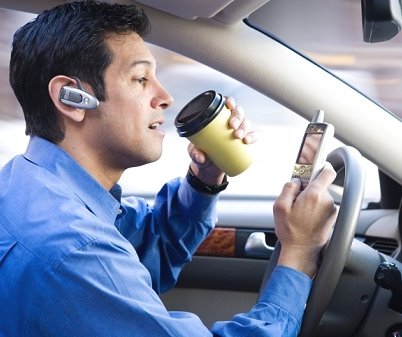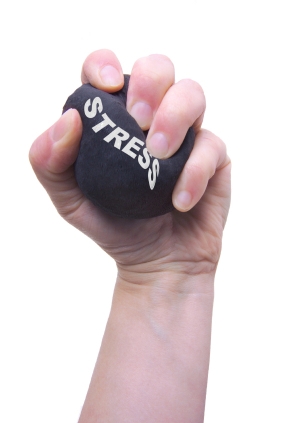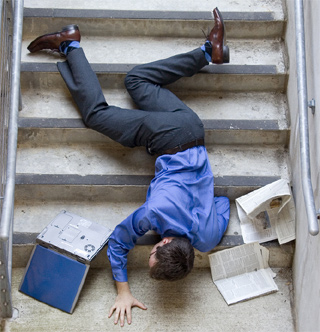 What can you do to avoid falling at work?
What can you do to avoid falling at work?
It is important remembering that safety is everybody business. However, it is employers’ responsibility to provide safe work environment for all employees. Employees can improve their own safety too.
You can reduce the risk of slipping on wet flooring by:
- taking your time and paying attention to where you are going
- adjusting your stride to a pace that is suitable for the walking surface and the tasks you are doing
- walking with the feet pointed slightly outward
- making wide turns at corners
You can reduce the risk of tripping by:
- always using installed light sources that provide sufficient light for your tasks
- using a flashlight if you enter a dark room where there is no light
- ensuring that things you are carrying or pushing do not prevent you from seeing any obstructions, spills, etc.
via Prevention of Slips, Trips and Falls : OSH Answers.
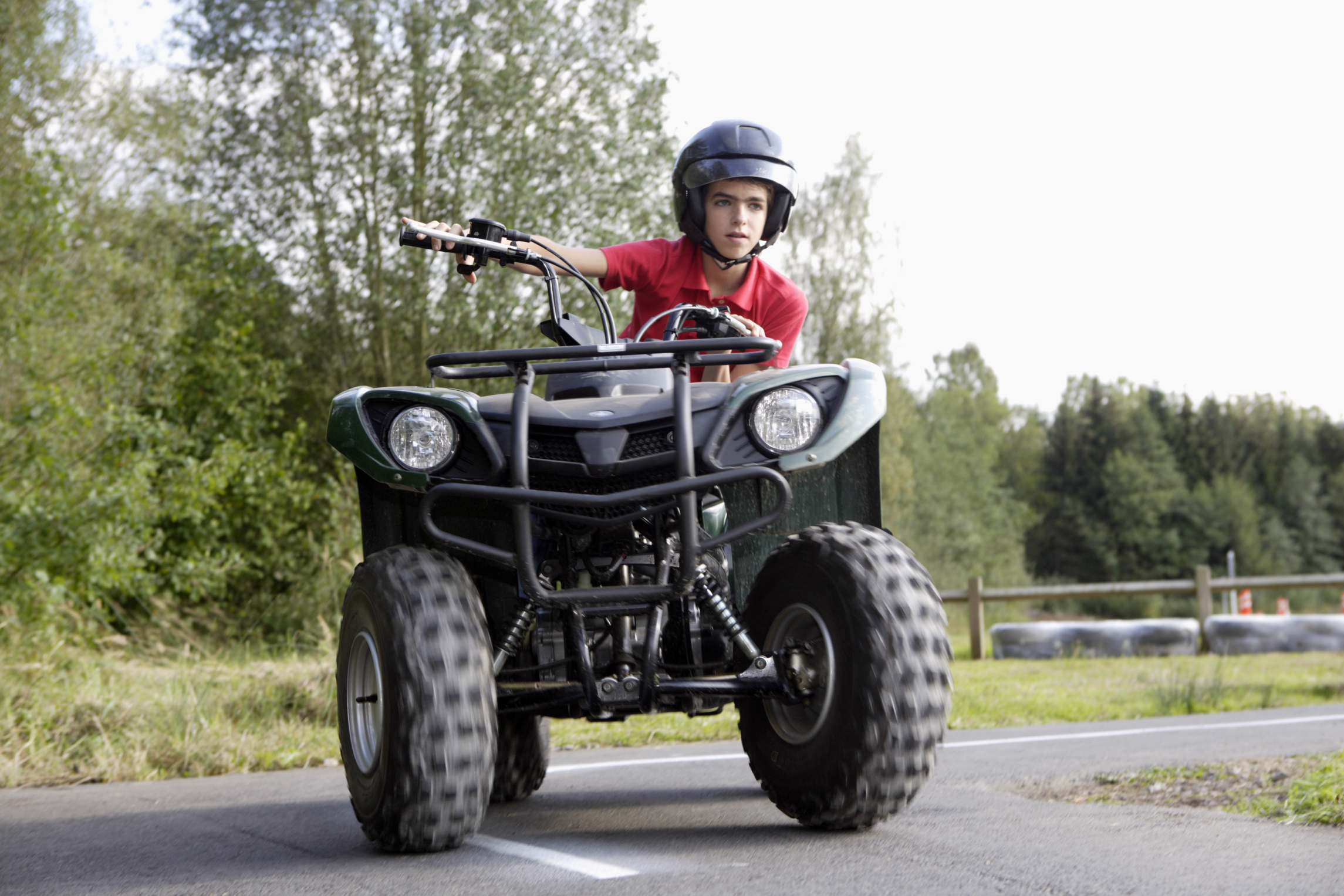 Like other activities involving high speeds and heavy machinery, riding an ATV can be risky. To help stay safe, follow common sense safety tips. Take knowledge to the extreme and learn more about these important tips for safer riding:
Like other activities involving high speeds and heavy machinery, riding an ATV can be risky. To help stay safe, follow common sense safety tips. Take knowledge to the extreme and learn more about these important tips for safer riding:
